Once Leeuwarden was a real royal residence, small and unknown, from the late 16th century to 1765, when Princess-Regent Maria Louise died in the city. Just visit the Tourist Information near the railway station and get yourself the Orange-Nassau Walk through the historical city of Leeuwarden to find the traces that are still there. There is the former palace, the “Stadhouderlijk Hof“, nowadays a hotel. Don’t hesitate walking into the hall. The building became a residence of the Stadtholders of Friesland in 1587 until the late 18th century. In 1814 King Willem I of the Netherlands bought the building and sometimes it was used by the royal family when they came to the north of the Netherlands.
King Willem III in 1881 donated the paintings from his Palace in Leeuwarden to the new Fries Museum. On the square in front of the former residence since 1906 is the statue of Stadtholder Willem Lodewijk, Count of Nassau-Diez (1560-1620). In 1971 Leeuwarden bought the building from Queen Juliana. Furthermore there is for example the small Waalse Kerk and the Grote of Jacobijnerkerk, where the Frisian Nassaus were buried until 1765. Unfortunately the French in 1795 destroyed the monuments and even the coffins in the vault. It is still worth a visit though. Check opening times before your visit though. You have the best chance in July and August.
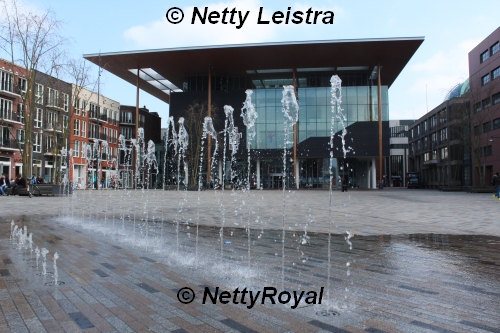
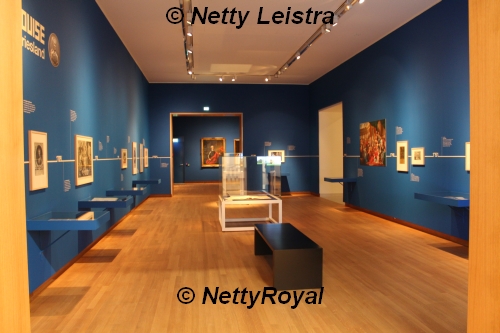
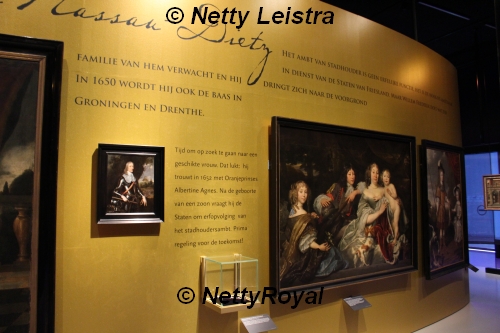
Knowing the city already I however started my tour at the brand new Fries Museum, opened by Queen Máxima on my 40th birthday, 13 September 2013.
My visit to Leeuwarden this time was focused totally on Maria Louise, once regent of the Stadtholders Willem IV and Willem IV and resident of Leeuwarden. The Fries Museum until 10 May 2015 only unfortunately has quite a small but nice exhibition about Maria Louise. On display are some portraits, the wedding contract between Maria Louise and Prince Johan Willem Friso of Orange, some documents and coins. On the second floor the section “Oud Geld” of the museum also shows some Orange-Nassau history in Friesland. If you have time do visit the other interesting sections of the museum.
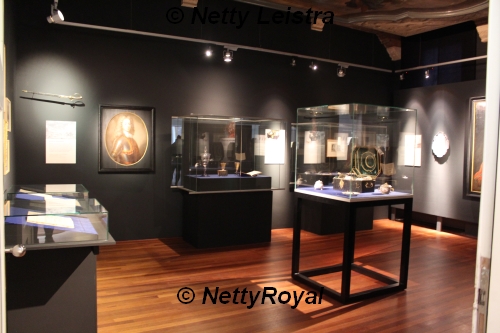
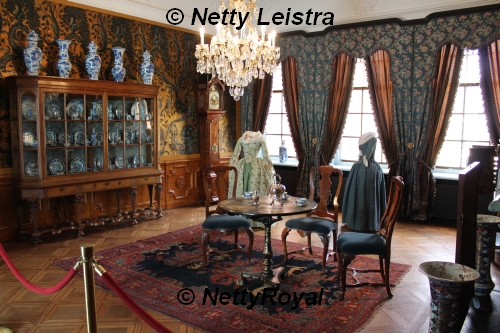

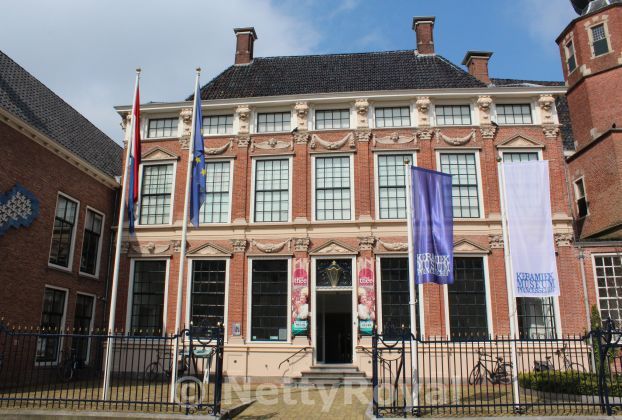
But for me it was time for the next museum. Not far from the former residence is the Princessehof, the national museum of ceramics, with yet another really tiny exhibition about Maria Louise: “Thuis bij Marijke Meu” (At home with Aunt Marijke; which was Maria Louises nickname in Friesland). The museum is actually a 18th-century palace that once belonged to Maria Louise, who bought it in 1731 and lived here until her death in 1765. Apart from the dining-room of Maria Louise, that is open, until 5 June there is another room dedicated to her. Not much of an exhibition to my opinion, but a visit to the building is not to be missed anyway, so just have a look.
One small exhibition was left for me. It was opened on 9 April 2015 and will be there until 3 January 2016. Apparently not many people know about this exhibition at the Historisch Centrum Leeuwarden yet, as at least halfway the afternoon my mother and I turned out to be the first official visitors. It is not much bigger than the one in the Princessehof and just around the corner of that palace. Not about Maria Louise herself, but about her gardener, Johan Hermann Knoop, who came all the way from Kassel, Maria Louises native town, to Leeuwarden. Hardly anything is known about him, but … he was hired in 1732 to design and take care of Maria Louises gardens of her residence Mariënburg (no longer there). He was a teacher in mathematics, and wrote books about apples, pears and other fruit, that are on display and look quite impressive.
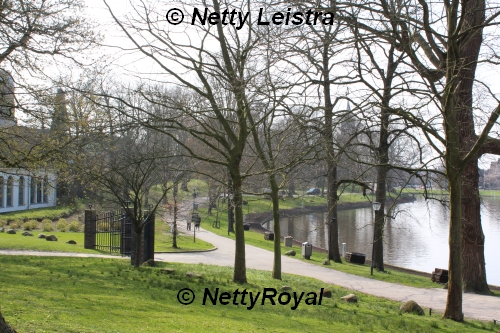
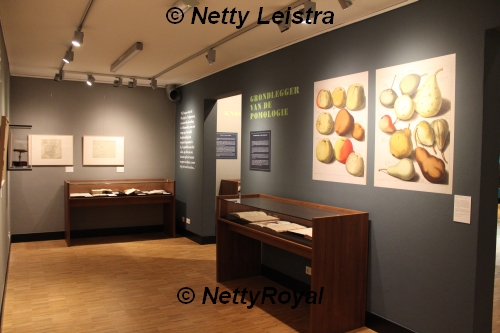
This centre is situated on the edge of the Prinsentuin, a park since 1648 when Prince Willem Frederik of Nassau-Diez, Stadtholder of Friesland ordered to have it laid out to honour the end of the war against the Spanish. Only King Willem I of the Netherlands donated it to the people of Leeuwarden, and then it became a public park. In 2004 it was restored to the situation around 1822. A lovely place to hang around when the weather is good.
I only was very disappointed that there was absolutely not a single souvenir, not even a postcard or a book, of Maria Louise available at the exhibitions. Just the new and absolutely lovely post stamps (that cost more than the regular ones). However I had to ask for them, as they were not on display in the shop.
